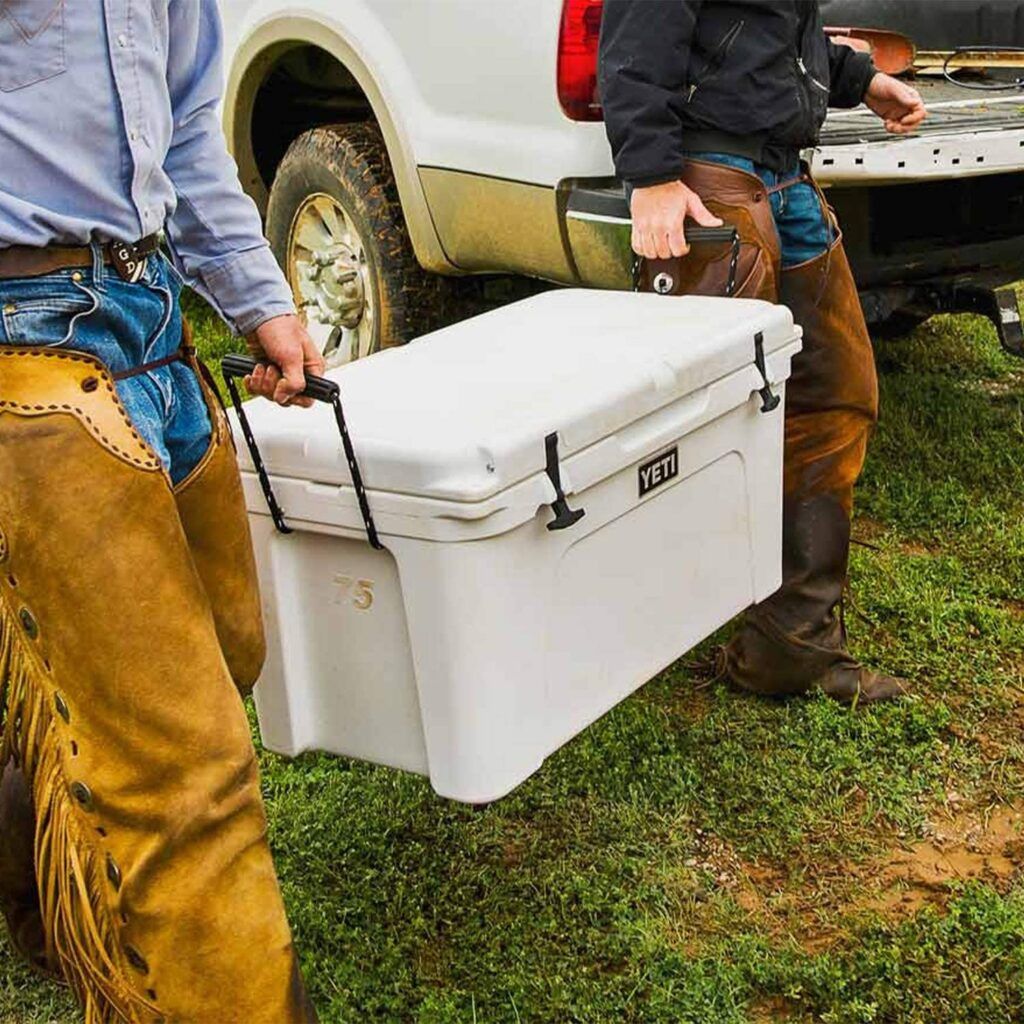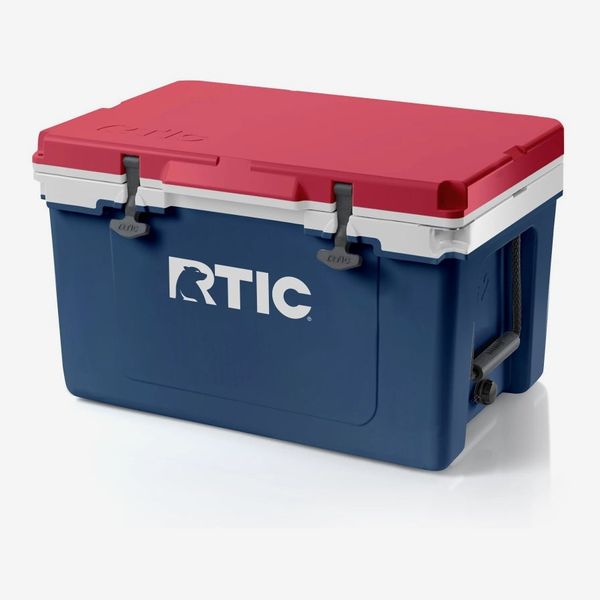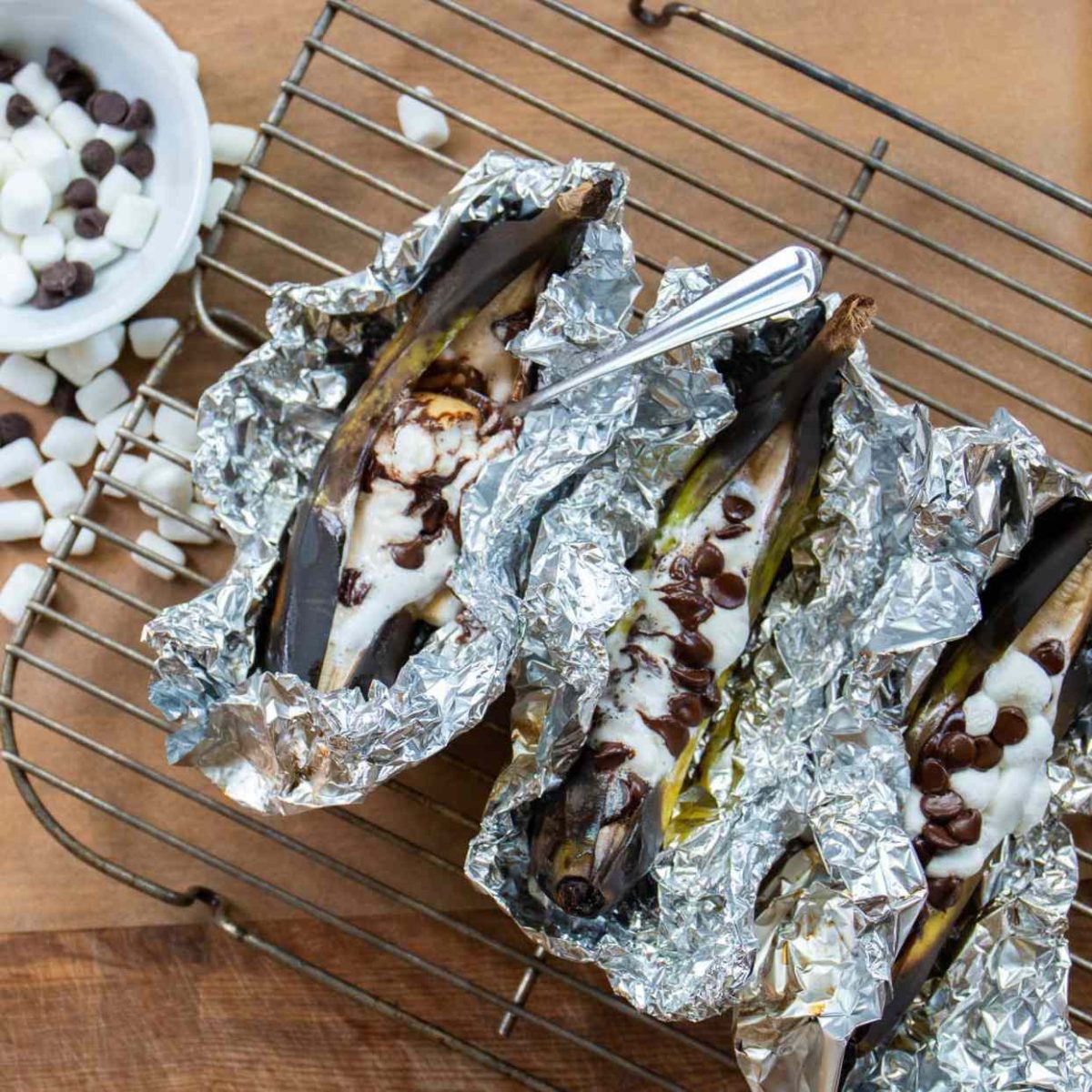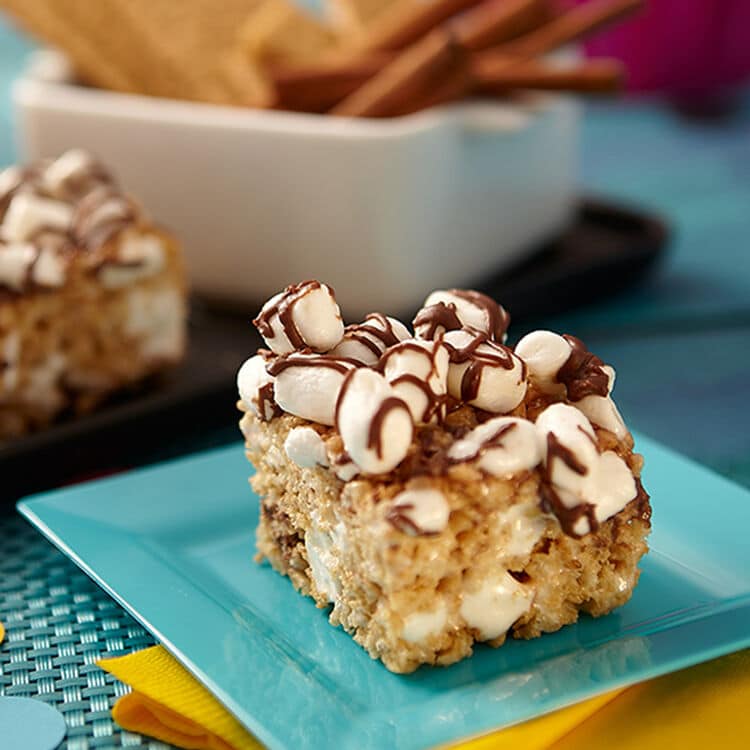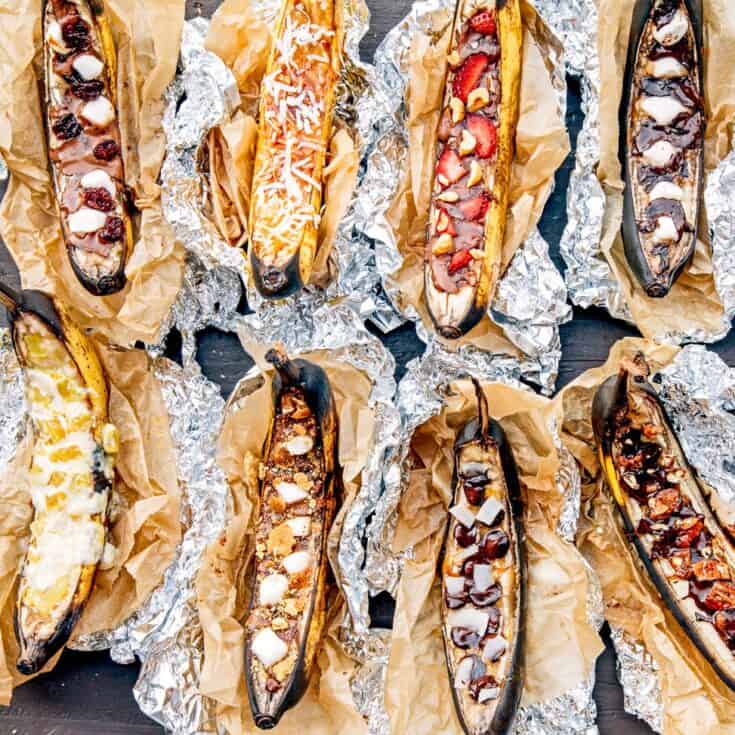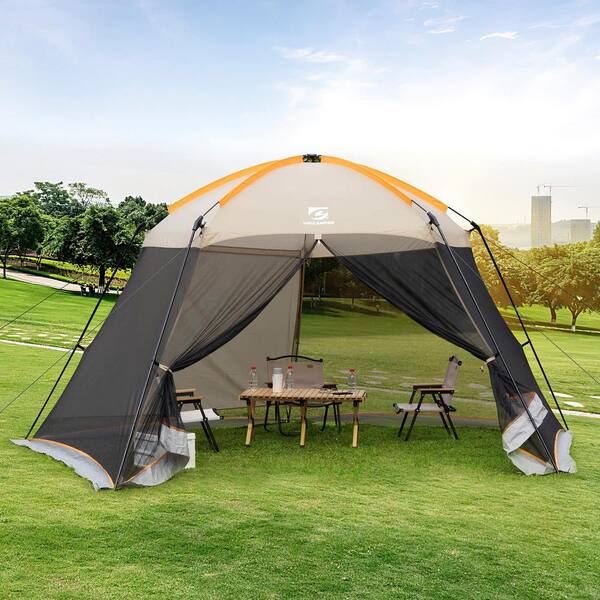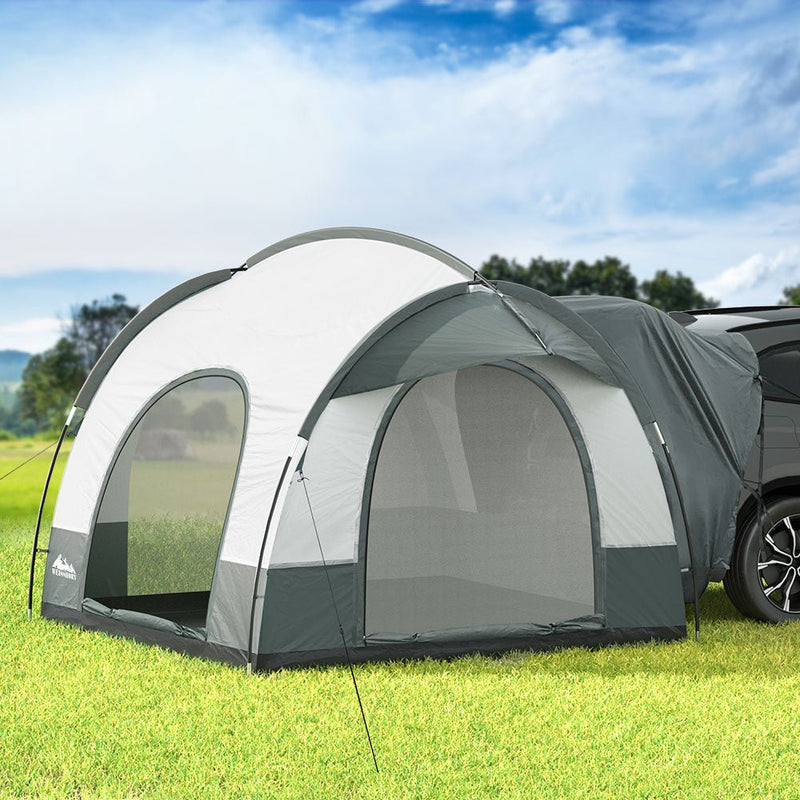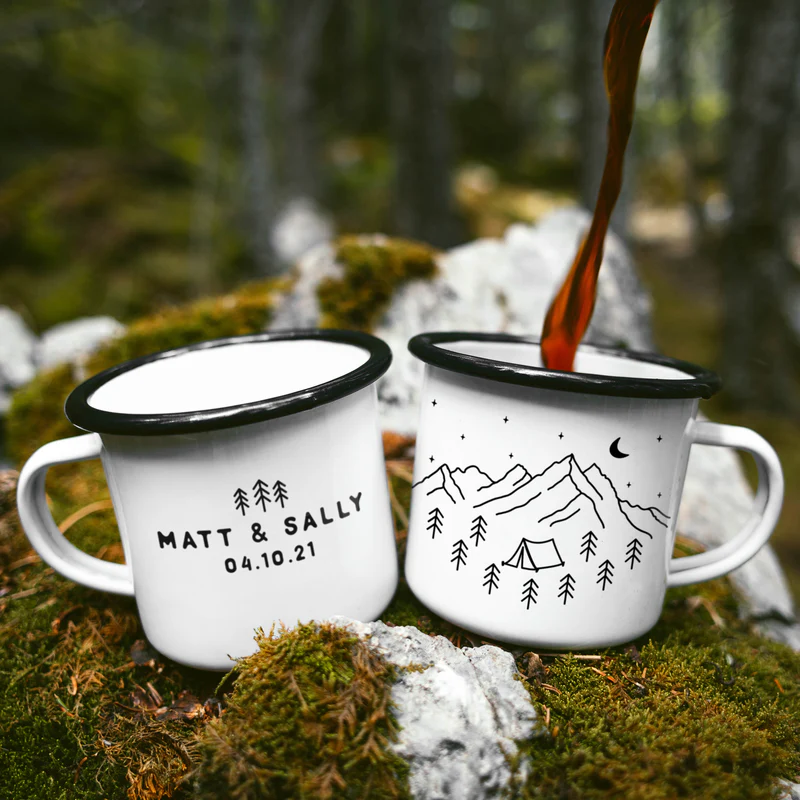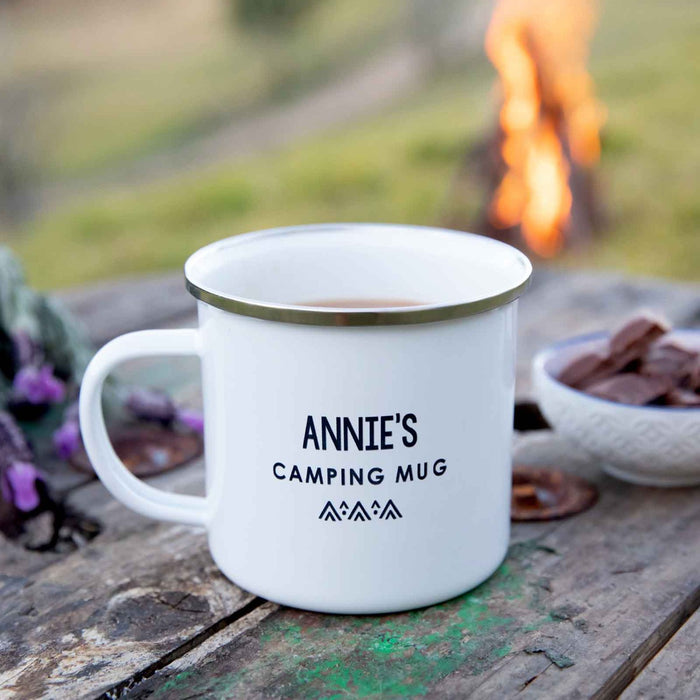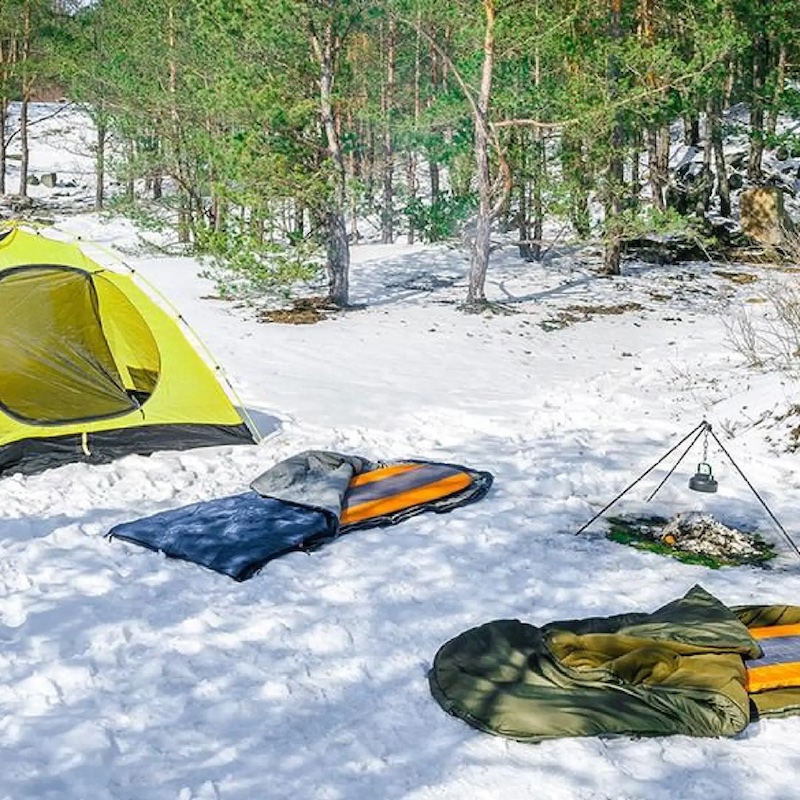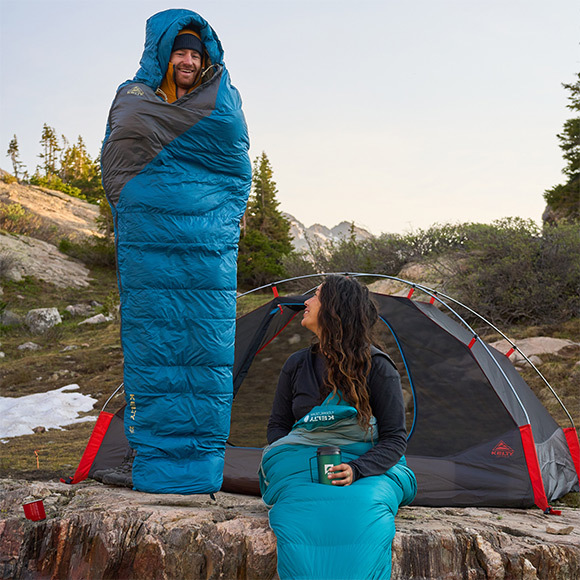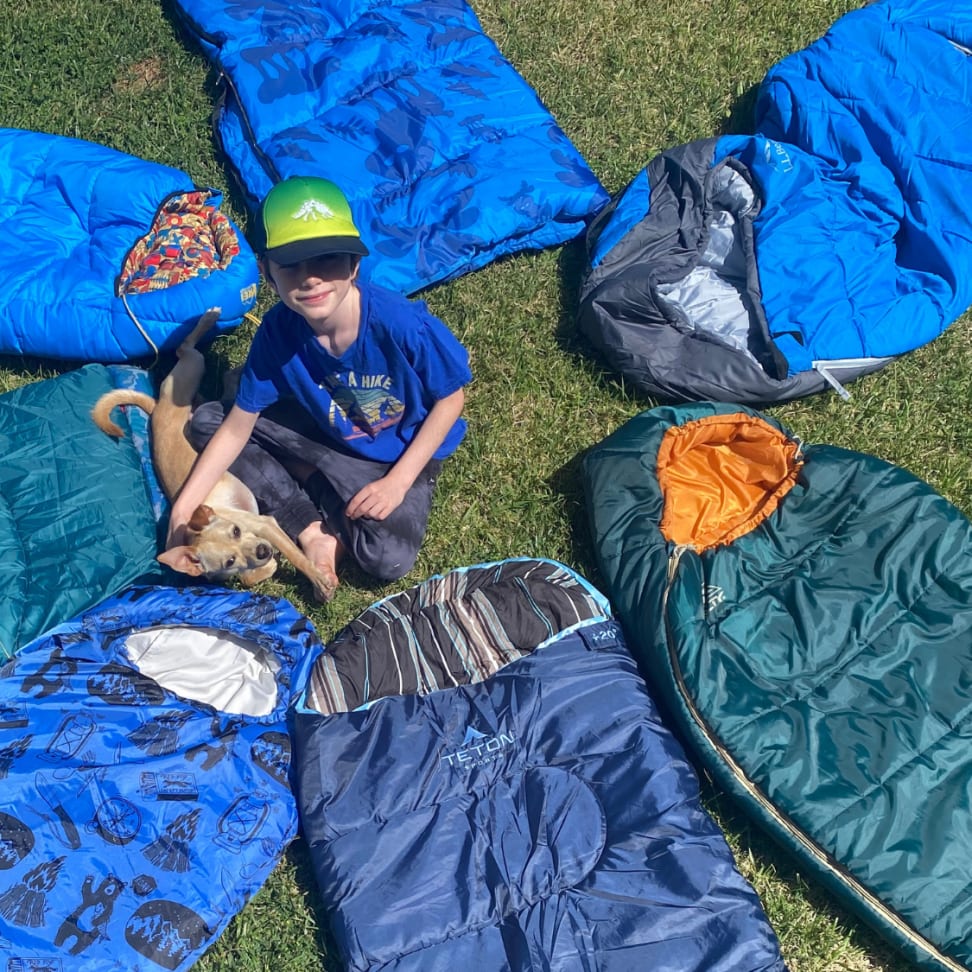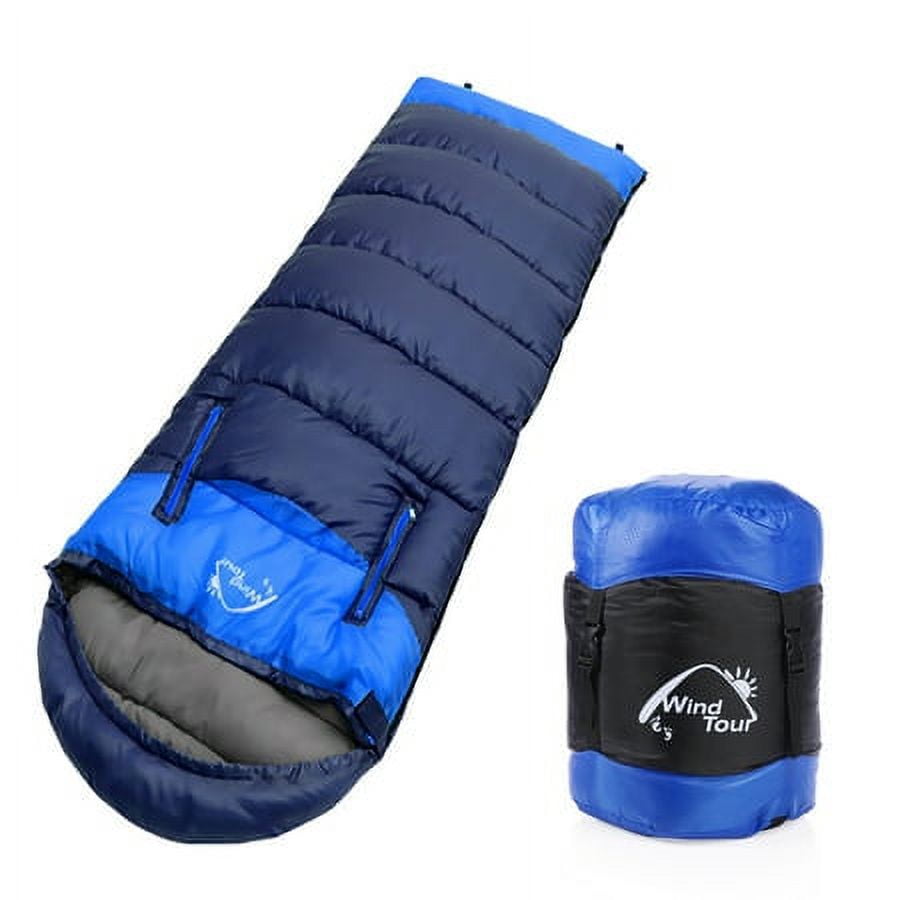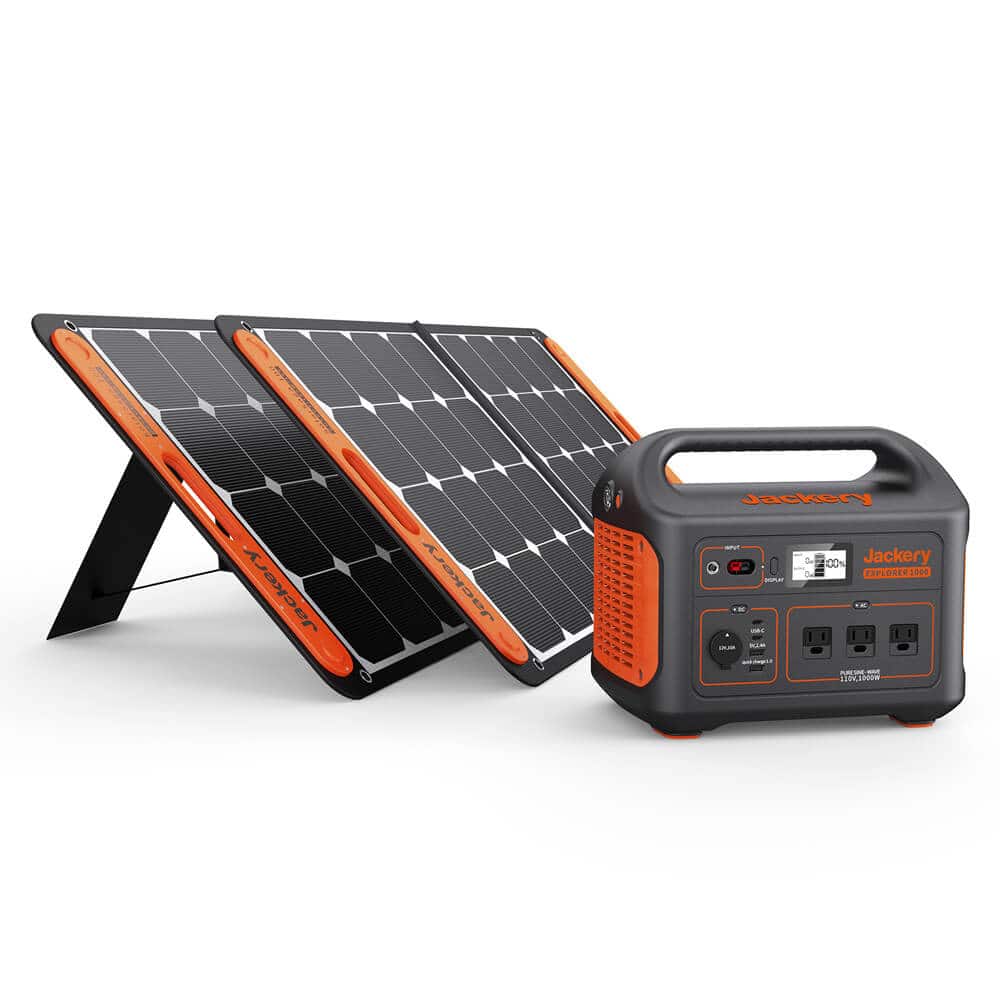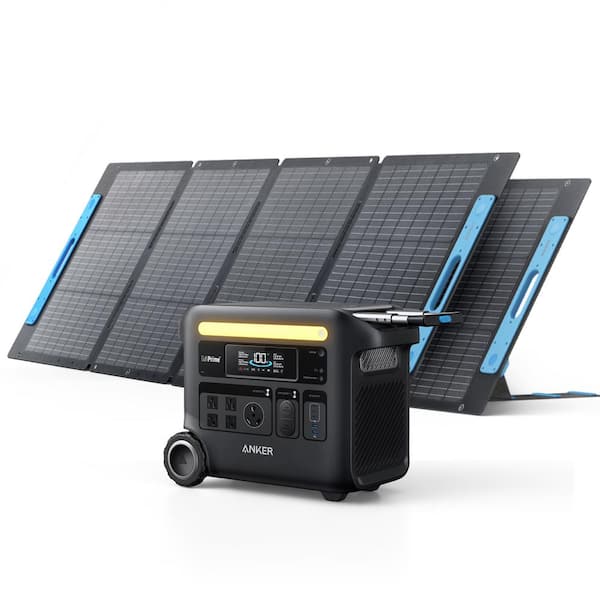Introduction
Camping with your family can be one of the most rewarding experiences. It allows you to disconnect from the hustle and bustle of everyday life and connect with nature and your loved ones. However, planning a family camping trip can be daunting, especially if you’re new to the outdoor adventure. In this ultimate guide, we’ll provide you with essential tips, tricks, and must-have gear to ensure a smooth and memorable camping experience with your family.
Part 1: Planning Your Family Camping Trip
Level 1: Choosing the Right Destination
When planning a family camping trip, choosing the right destination is crucial. Consider factors such as the distance from your home, the type of terrain, and the availability of amenities. National parks, state parks, and campgrounds with family-friendly facilities are great options for your family camping adventure.
Level 2: Making Reservations and Obtaining Permits
Once you’ve chosen a destination, it’s important to make reservations and obtain any necessary permits in advance. Many popular camping sites fill up quickly, especially during peak seasons. Ensure that you have all the required paperwork and reservations to avoid any last-minute hassles.
Part 2: Essential Gear for Family Camping
Level 1: Shelter and Sleeping Gear
Investing in a high-quality tent that can comfortably accommodate your entire family is essential. Additionally, sleeping bags, sleeping pads, and pillows will ensure a good night’s rest for everyone. Don’t forget a portable crib or pack n’ play for the little ones.
Level 2: Cooking and Food Supplies
A portable stove, cooking utensils, and a cooler to store perishable food items are essential for family camping. Plan and pack easy-to-cook meals and snacks that everyone will enjoy. Don’t forget to bring along a variety of options for each family member, including any dietary restrictions.
Part 3: Safety and First Aid for Family Camping
Level 1: Emergency Preparedness
When camping with your family, it’s important to be prepared for any unexpected emergencies. Carry a first aid kit, emergency medications, and a basic survival kit. Teach your children about the importance of staying close and not wandering off, and establish a clear emergency plan in case anyone gets lost.
Level 2: Fire Safety and Wildlife Awareness
Educate your family about fire safety rules and regulations at the campsite. Keep a safe distance from the campfire and never leave it unattended. Additionally, be mindful of the local wildlife and follow proper food storage guidelines to prevent attracting animals to your camp.
Part 4: Family-Friendly Activities and Entertainment
Level 1: Outdoor Games and Nature Exploration
Bring along a variety of outdoor games such as frisbees, soccer balls, and board games for some family-friendly fun. Take nature walks, go bird watching, or explore nearby trails around the campsite. Engaging in outdoor activities will keep everyone entertained and active.
Level 2: Stargazing and Campfire Stories
Gaze at the night sky and identify constellations with your family. Share stories and legends around the campfire, creating lasting memories and bonding experiences. Consider bringing a telescope or binoculars for a closer look at the stars and celestial objects.
Part 5: Tips for a Smooth Family Camping Experience
Level 1: Organization and Packing Tips
Create a checklist of essential items and pack efficiently, taking into consideration the needs of each family member. Organize your camping gear and supplies in labeled containers for easy access. Check the weather forecast and pack appropriate clothing for everyone.
Level 2: Flexibility and Patience
Keep in mind that camping with your family may not always go as planned. Be flexible and adaptable to unexpected situations, such as changes in weather or minor inconveniences. Patience is key to ensuring a smooth and enjoyable camping experience for everyone.
Part 6: Choosing the Right Campsite for Your Family Adventure
Finding the perfect campsite for your family camping adventure is crucial to a successful and enjoyable trip. When selecting a campsite, it’s important to consider the needs and preferences of everyone in your family. Look for a campsite that offers a combination of natural beauty, accessibility, and amenities that will make your experience comfortable and enjoyable.
First and foremost, consider the location of the campsite. Do you want to be near water for swimming and fishing, or do you prefer a more secluded location for privacy and tranquility? Also, consider the distance from the nearest amenities such as restrooms and showers, as well as access to hiking trails and other recreational activities.
It’s also important to research the campground’s rules and regulations. Some campgrounds have specific quiet hours, restrictions on pets, and other guidelines that may impact your family’s experience. Additionally, consider the availability of facilities such as picnic tables, fire pits, and grills to make your meals and campfires more convenient.
Finally, don’t forget to consider the accessibility of the campsite. If you have young children or family members with mobility issues, look for a campsite that is easily accessible and safe for everyone. Additionally, consider the weather conditions and choose a campsite that offers shade and protection from the elements.
By carefully considering these factors, you can find the perfect campsite that meets the needs of your family and provides the ideal setting for a memorable camping adventure.
Part 7: Essential Gear for Family Camping
Before embarking on a family camping trip, it’s essential to make sure you have all the necessary gear to ensure a safe and enjoyable experience for everyone. From shelter and bedding to cooking equipment and recreational gear, being well-prepared will make your camping adventure much more comfortable and stress-free.
First and foremost, you’ll need a spacious and sturdy tent that can accommodate your entire family. Look for a tent that offers plenty of ventilation and protection from the elements, and consider setting it up in your backyard before your trip to familiarize yourself with the process.
In addition to a tent, you’ll need sleeping bags or air mattresses, as well as pillows and blankets to ensure a restful night’s sleep. Consider bringing a portable camping stove or grill for cooking meals, as well as a cooler to keep food and beverages fresh. Don’t forget to pack plenty of water, as well as cooking utensils, plates, and cutlery for meals.
When it comes to recreational gear, consider bringing items such as bicycles, fishing equipment, hiking gear, and outdoor games to keep everyone entertained during downtime. Additionally, don’t forget essentials such as first aid kits, insect repellent, sunscreen, and a flashlight.
By ensuring that you have all the necessary gear for your family camping trip, you can relax and enjoy the great outdoors without any unnecessary stress or discomfort.
Part 8: Safety Tips for Family Camping
Ensuring the safety of your family during a camping trip is of utmost importance. From the wilderness environment to potential wildlife encounters, it’s crucial to be well-prepared and aware of potential risks to guarantee a safe and enjoyable experience for everyone.
Before leaving for your trip, research the area where you’ll be camping to familiarize yourself with any potential risks or hazards. Consider aspects such as weather conditions, water sources, and wildlife that may be present in the area, and plan accordingly.
When setting up your campsite, be sure to choose a safe location that is away from potential hazards such as cliffs, large bodies of water, or areas prone to flooding. Ensure that your tent and equipment are secure and that any campfires are built in designated areas and properly extinguished.
Additionally, teach your family members about basic camping safety rules, including instructions on how to handle encounters with wildlife and how to use camping equipment safely. It’s also important to establish a clear plan for emergencies, including protocols for seeking help and communication in case of separation or other unexpected situations.
Finally, ensure that you have all the necessary safety equipment, including first aid kits, emergency supplies, and communication devices such as cell phones or two-way radios. By being well-prepared and attentive to potential risks, you can guarantee a safe and enjoyable camping experience for your family.
Conclusion
Family camping provides a unique opportunity to bond with your loved ones and create lasting memories in the great outdoors. With careful planning, essential gear, safety precautions, and family-friendly activities, your camping trip is sure to be a success. Embrace the simplicity of nature, unplug from technology, and cherish the quality time spent with your family. Happy camping!
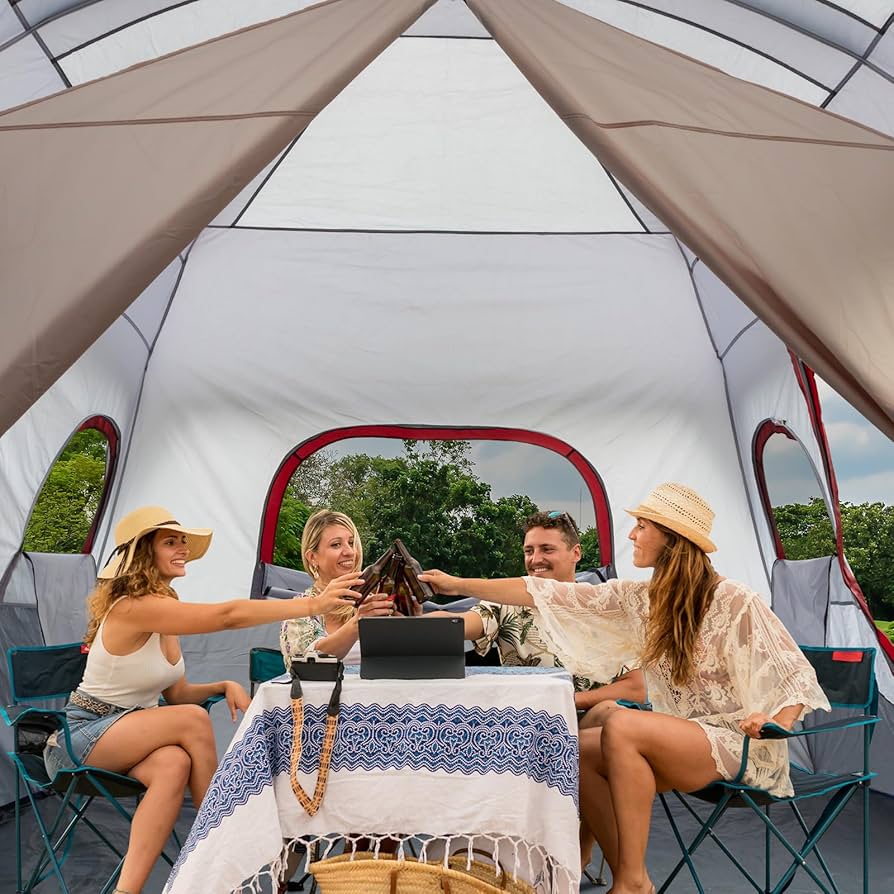
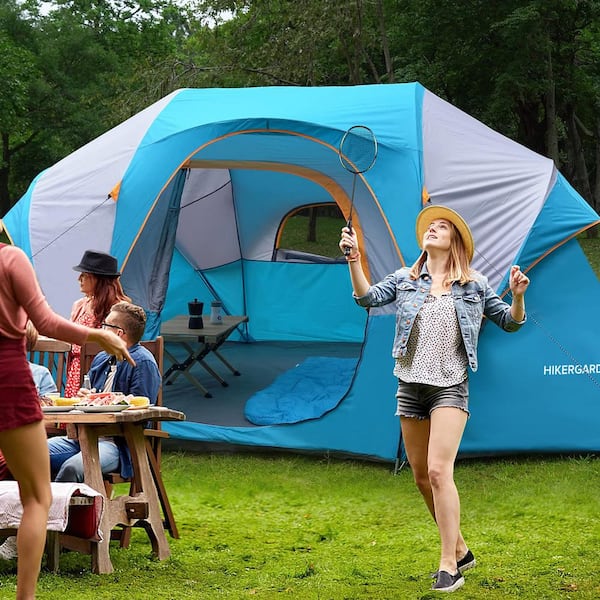

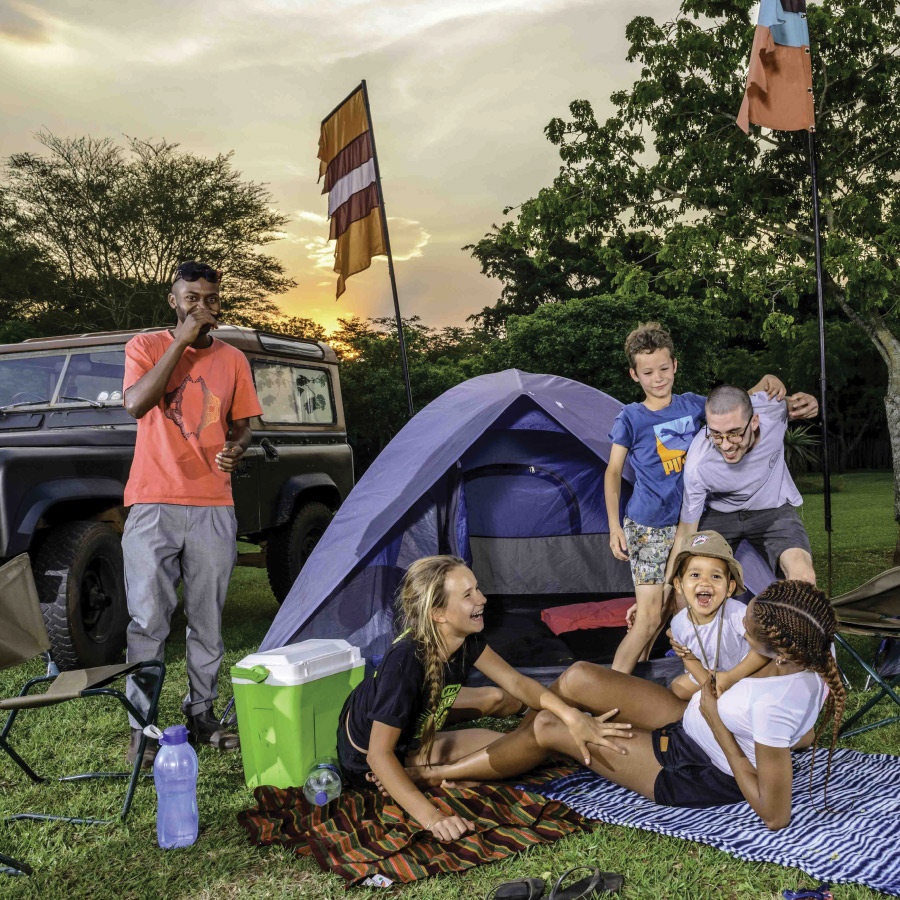



![The 12 Best Camping Stoves [2024] | Take The Truck](https://images.squarespace-cdn.com/content/v1/5bbd67d490f9042649da280e/1721dd60-271f-40af-9c62-cb9ebfba6713/best-camping-stoves.jpg)




